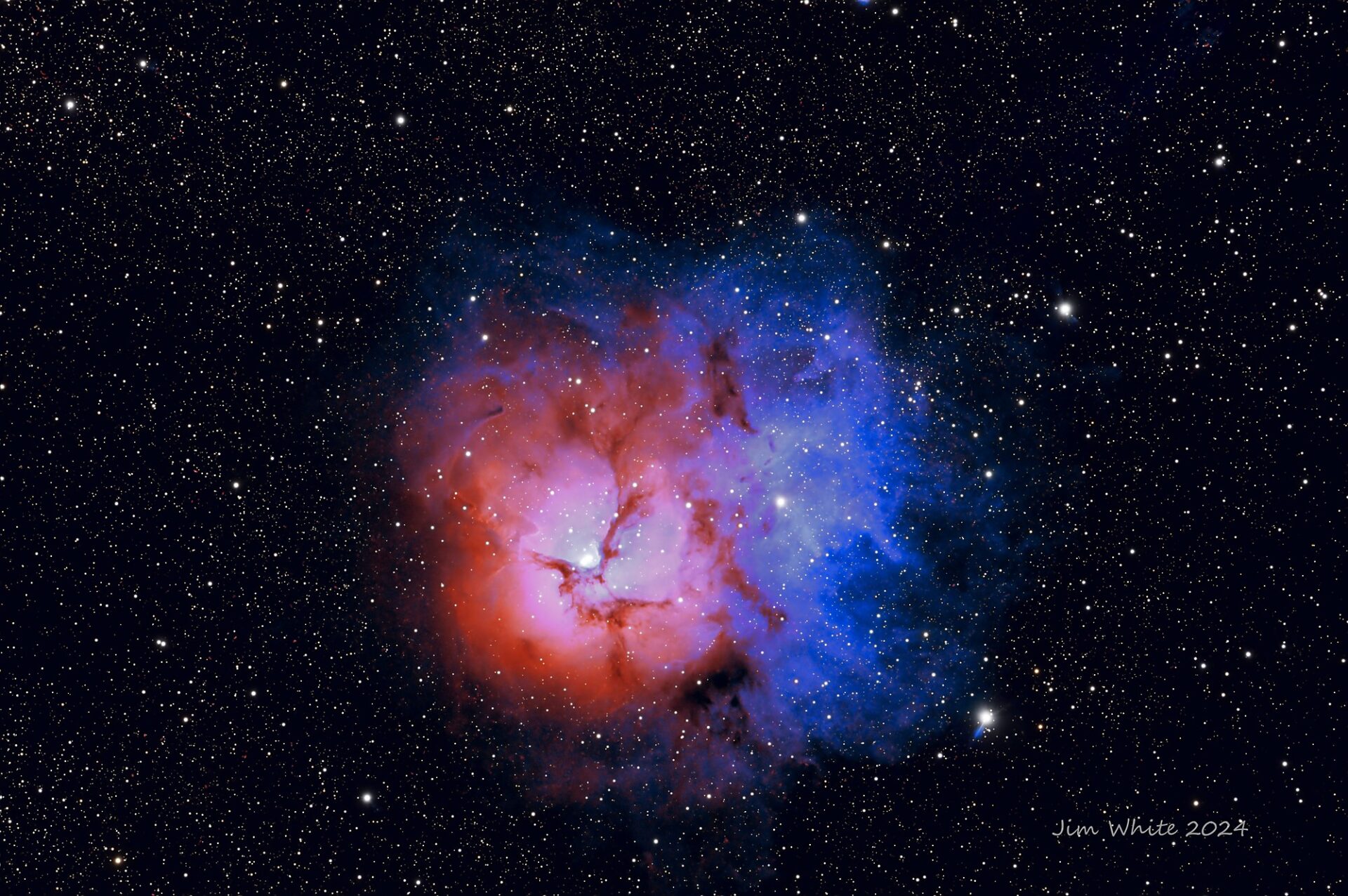Dark Sky Conditions
Merritt Reservoir Dark Sky Park has conditions which are ideal for observing and imaging faint deep-sky targets. The area of the park has no cities or towns of significant size anywhere near it. It is surrounded by the sparsely populated ranching country of the Nebraska Sandhills, with the NSP observing fields just south of the lake at an elevation of 910 meters (2,985 ft) msl.
Depending on weather conditions and solar activity, the sky is often quite dark and pristine, with SQM readings in the 21.5 to 22.0 mag/sq. arcsec range. Those with keen eyes have reported seeing stars with averted vision as faint as from magnitude 7.8 to 8.1, and the glow of the large dome of the Milky Way’s outer nuclear bulge is visible well into Scorpius and Ophiuchus. The Gegenschein is routinely visible, along with much of the Zodiacal band, and the faint airglow bands that occasionally appear are also notable to the unaided eye. Actual atmospheric clouds appear quite dark against the sky background. Seeing is variable but generally fair to good, often in the 0.5 arc second to 1.5 arc second range for targets well above the horizon. With the lack of tree cover and open range conditions, winds can be a factor (especially during the day) although they tend to become notably weaker after dark. The surfaces of much of the observing fields are mowed prairie grasses with a thin level of topsoil over a much deeper layer of fine sand, so deep and longer sand anchors (rather than simple stakes) are recommended for holding tents or other equipment securely in-place during windy conditions. People often use tarps over the ground at or around their equipment. Late afternoon and evening thunderstorms can occasionally pop up, and some can produced strong winds and brief but heavy rain, so equipment left out on the observing fields will need extra protection.

